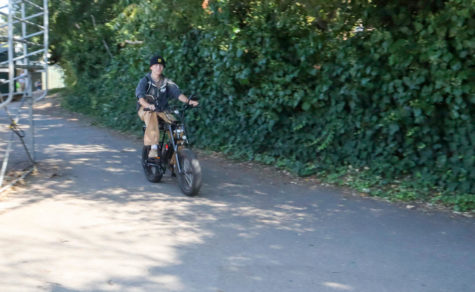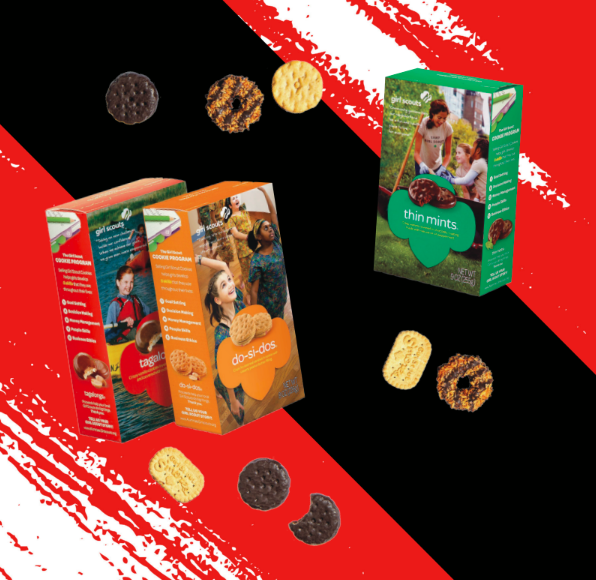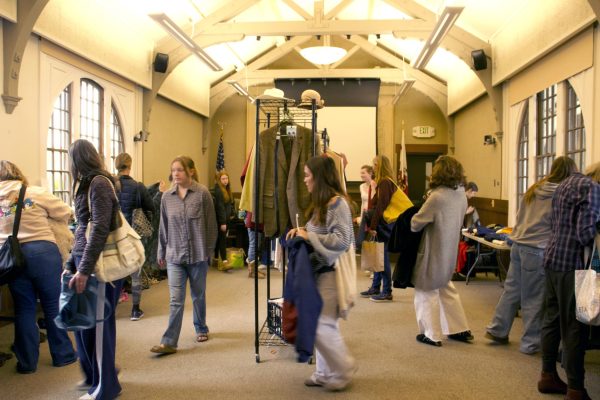California legislature passes electric bike safety regulations
Junior Max Lefferts rides his e-bike on campus on Thursday.
Electric bike (e-bike) popularity grew rapidly among the teen community in the past year. Students throughout Marin ride e-bikes to and from school, sometimes carrying more than one passenger. Due to complaints and parental concerns, the California legislature passed a law regarding e-bike safety.
Anxious parents posted on online platforms such as Nextdoor about teens riding e-bikes in an unsafe manner, oftentimes without helmets.

“Kids on e-bikes is the worst idea ever. And as a parent, I can’t believe people are letting their kids ride an e-bike that easily reaches 30 miles per hour, usually with no helmet,” said Fairfax resident Steven Teijeiro in a post on Nextdoor.
In response to parent concerns, Central Marin police released a statement on Aug. 24, explaining the different types of e-bikes and the laws in place for each type.
There are three categories of e-bikes the new law specifies. Class one e-bikes are pedal-assist only, with no throttle, and have a maximum speed of 20 mph. Class two e-bikes also have a maximum speed of 20 mph, but are throttle-assisted. Class three eBikes are pedal-assist only, with no throttle, and a maximum speed of 28 mph.
For class one and two bikes, riders must wear a helmet if they are under the age of 17. For class three bikes, riders must be older than 16 to ride and must also wear a helmet.
Additional e-bike laws include bans on tandem riding, and a 15 mile per hour speed limit on county maintained pathways, with 250 dollar fines for violators.

Sophia is a freshman, in her first year of journalism. She was born in England and lived there for six years. You can find her painting or cooking, and...







